Paris Urban Walk III
The first two episodes in this short series of Paris walks took their cues from paintings and historic photos. This Paris urban walk shall be guided by words.
A Paris Urban Walk with Hemingway’s Moveable Feast
I would like to invite you to follow me on a literary walk through the Paris of Ernest Hemingway – or rather: the small corner of it that he describes in what is (perhaps) his most widely read book, A Moveable Feast. We will be following him on walks that he undertook himself – some of them through streets that appear to have changed little since the 1920s.
But be aware that, while I was letting you off easy the first two times, this walk is a little bit longer and will clock in at roughly three hours. As a bonus, however, there is a specially nice restaurant waiting for you at the end.
We start near Notre Dame Cathedral. Hemingway appears to have walked in Paris mainly from his home to the flats of his expat friends or to the pub, but there are also one or two areas where he rambled around for mere pleasure: down the quais of the Seine and, specifically, in the small park at the very tip of the Ile de la Cite which is called the Square du Vert Gallant.
Cross over the bridge behind Notre Dame Cathedral to the adjacent Ile St Louis …
… and leave the island by crossing the Pont de la Tournelle onto the Left Bank. Continue straight up the Rue Cardinal Lemoine, crossing first the Boulevard St Germain and then the Rue des Ecoles.
Hemingway walked this way many times, because it was “the shortest route” between the river and the house at the very top of Rue Cardinal Lemoine (no. 74) where he and his wife Hadley lived from January 1922 until August 1923.
This 20-month period is at the heart of A Moveable Feast, and Hemingway writes about it with a warmth and tenderness that appears to be somewhat missing from the account of his second stay in Paris (from January 1924 to March 1928) when he was already a published author and his private life had become much more complicated. Warmth is perhaps an odd choice of word, considering how much of his writing is about the very lack of it.
You find the Place Contrescarpe on your right hand side, immediately behind the Hemingway house. This square and the Rue Mouffetard down your left hand side, a “wonderful narrow crowded market street”, would have been very much “home” for the young couple, and if you turn right, you will pass the kiosque were Hemingway bought his daily racing paper.
You also pass the now rather swanky Cafe Delmas, called the Cafe des Amateurs in the 1920s and lovingly described by Hemingway as “the cesspool of the rue Mouffetard”, “a sad café” and “evilly run”.
Continue further down the street into Rue Descartes where Hemingway rented a separate room to write (the attic of no. 39, on your right hand side: the house where the French poet Paul Verlaine died).
This is also along the route of the walk he describes more warmly than any other: past Lycee Henri IV on your left, France’s most prestigious High School, and the church St Etienne du Mont into the “windswept Place Pantheon” and down Rue Soufflot into what seems to have been his favourite place in Paris …
There was, Hemingway tells us, one particular reason why he loved to walk through the Luxembourg gardens so much: when you were skipping meals, he says, it was the best place to walk because you “saw and smelled nothing to eat from Vaugirard to the Observatoire”.
Hunger is as much a leitmotiv for Hemingway as the cold, although at times one cannot help wondering how much of that is real poverty and how much bohemian pose. (Throughout his hunger walks, he appears rather chipper, not to say smug about his decision of “having given up journalism for the sake of writing literature”, and there always seems to have been money in the Hemingway household for travel, restaurants and betting – not to forget his “writer’s studio”, a strange luxury for a man who can’t afford to eat. In an area, which, even at the time, cannot have been the cheapest in Paris, literally a stone’s throw away from France’s top High School, some other prestigious educational institutions and the Law Faculty of the Sorbonne.)
But before we enter the Luxembourg gardens, there are two places that we should visit first. Turn right into Rue de Medicis and right again past the back of the Odeon theater before crossing the theatre square into Rue de l’Odeon, where – on no. 12 – you can spot the former home of Sylvia Beach’s original Shakespeare and Company bookshop (today’s namesake near Notre Dame Cathedral is a post-WWII revival by a different owner), a rental library for all those expats who (like Hemingway) had “no money to buy books”.
At the time a “lovely, warm, cheerful place” on a “cold, windswept street”, its is now a clothes shop. In their shop window, however, they do display a photo of Ms. Beach with James Joyce whose Ulysses she had famously printed herself after the book’s obscenities had frightened off more conventional publishers.
At the end of the street, turn left for the church St Sulpice and its “quiet square with benches and trees”, leaving it through Rue Ferou at the bottom. Hemingway describes this street in one of his walks, but Rue Ferou was to take on a more significant role later in his life when he moved here with his second wife Pauline in 1927. Their former house is the one at no. 6. No more poverty then, apparently. (He was already a celebrated young writer at the time, but the house was purchased by Pauline’s family who were rich.)
Now enter the Luxembourg gardens, explore it a little and leave it on the right hand side of the Museum, one of Hemingway’s favourites, walking straight into Rue de Fleurus. It was here, at no. 27, where Gertrude Stein lived and Alice Toklas invented the Hashish cookie. Ms. Stein, the fairy godmother of modernism, operated what must have been the city’s most famous “artistic salon” at the time, frequented by the likes of Joyce, Picasso and Matisse (something straight out of Midnight in Paris.)
Turn back on Rue de Fleurus, right into Rue d’Assas and right again at the bottom into Rue Notre Dame des Champs. It was here, in a house with the number 113 (“over the sawmill”) where Hemingway lived with Hadley from Jan 1924 until their separation in 1926. The house no longer exists, it would have been where you now find no. 115 bis, but you can still see the back door of the bakery right opposite where he sneaked in to walk “past the good bread smells of the oven into the shop that fronted on the Boulevard Montparnasse”.
This is the last stop on this Paris urban walk. But if you want, you can wrap up the afternoon with a visit to Hemingway’s favourite Parisian restaurant which happens to be literally around the corner (back where you came from and right on Boulevard Montparnasse).
He also appeared to have liked Lipp (opposite the church of St Germain des Pres on the Boulevard St Germain), but it is the Closerie de Lilas to which he dedicates an entire paragraph of wistfulness, having already called it “one of the nicest cafes in Paris”:
The Lilas is open 7/7 and serves food all through the day. Do not, however, expect to find a cheap neighbourhood bistro – it wasn’t that kind of place even in the 1920s when it already enjoyed a reputation a the premier meeting place for the city’s left-wing intelligentsia. (Lenin came here to play chess.)
Hemingway never says that it was cheap, but that’s what most people have come to believe, probably on the basis of what he wrote elsewhere about skipped meals and under-heated apartments. A Moveable Feast is a great guide through of the 1920s for a Paris urban walk , but perhaps not always the most reliable source.
Then again, it was the writer himself who warned us:
Read the first and second themed Paris urban walks, in Montmartre and in Belleville.


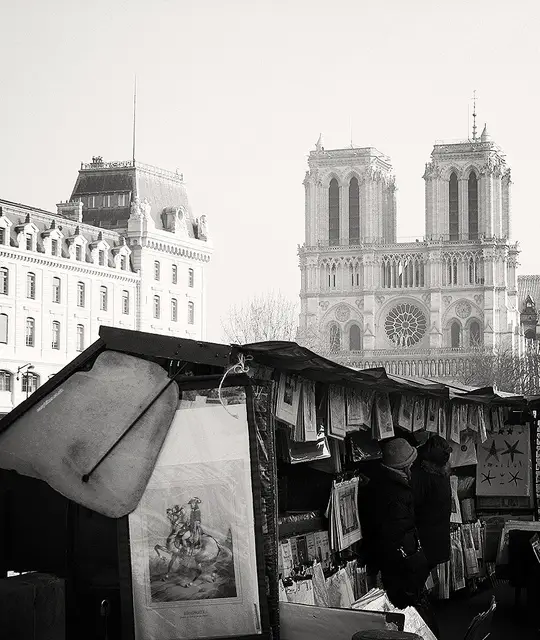
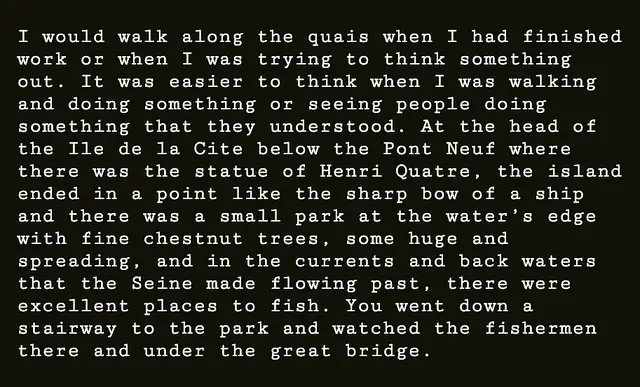
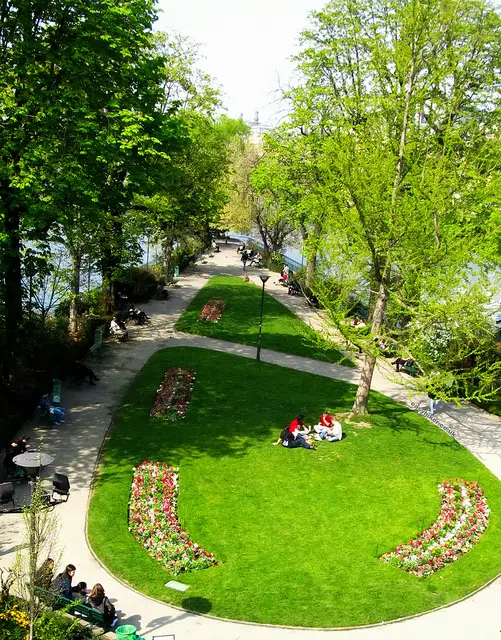

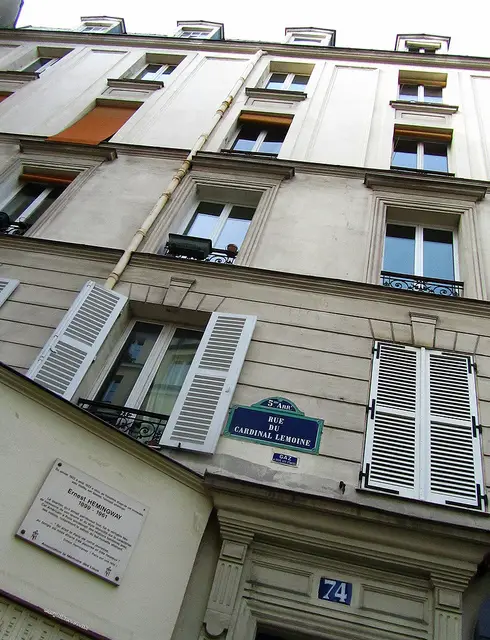

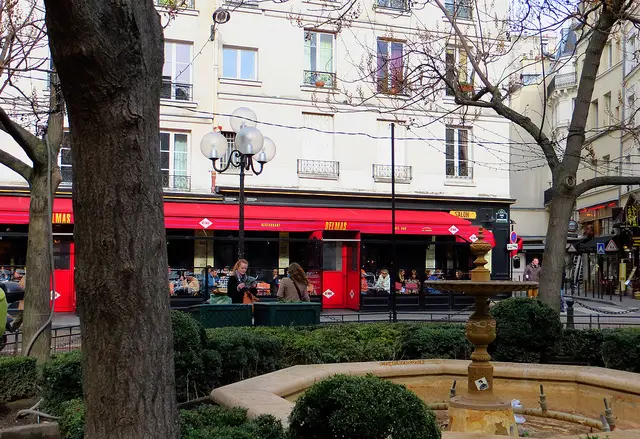

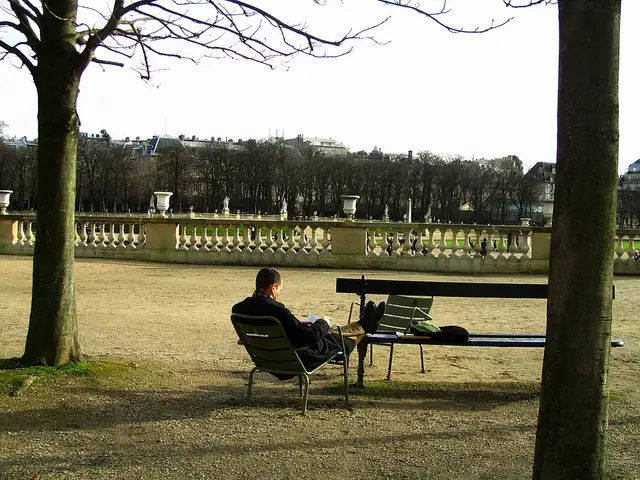
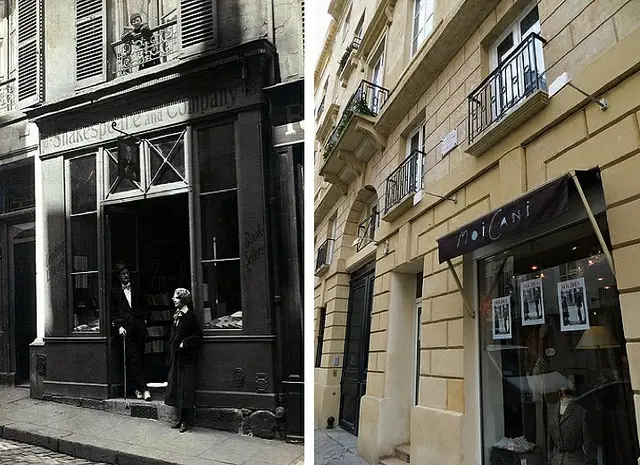
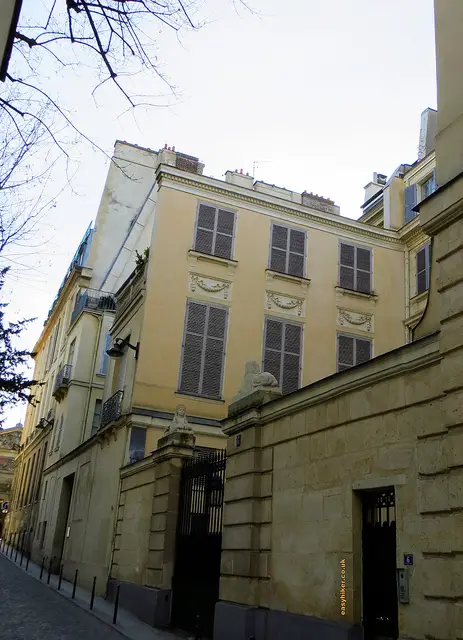
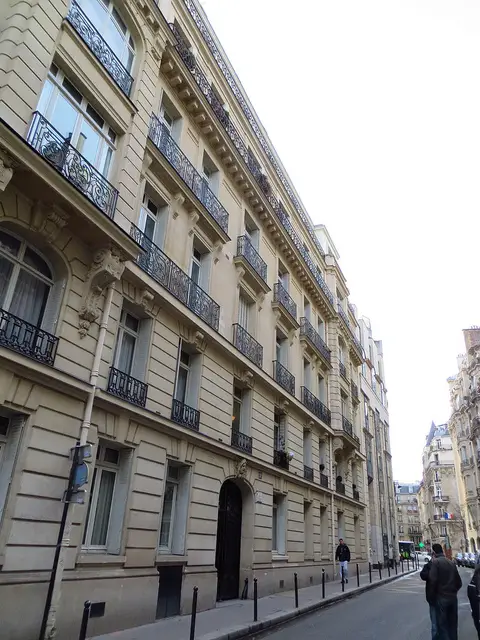

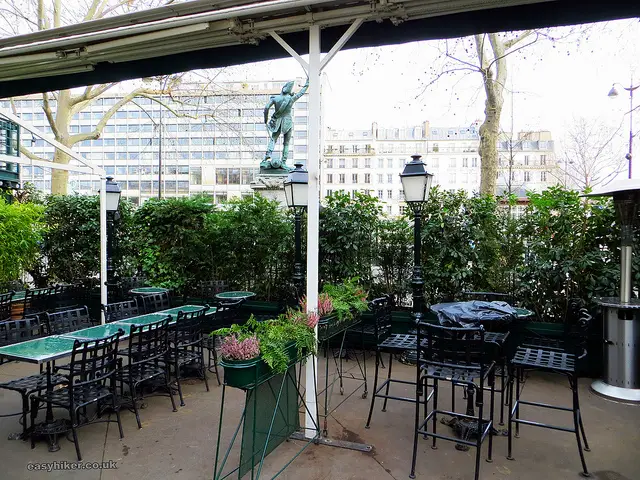
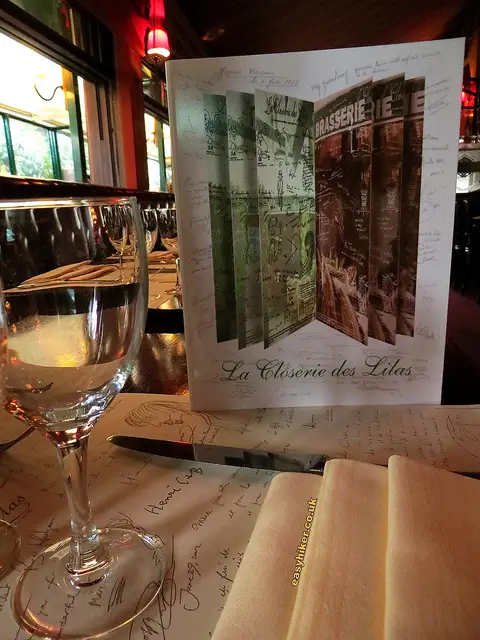

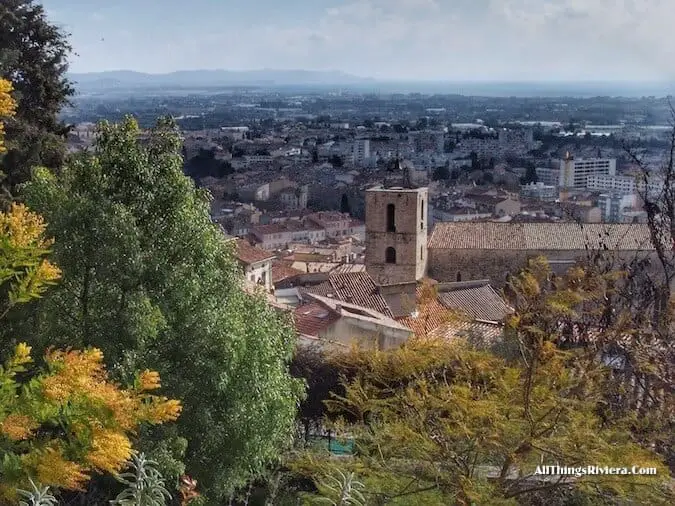
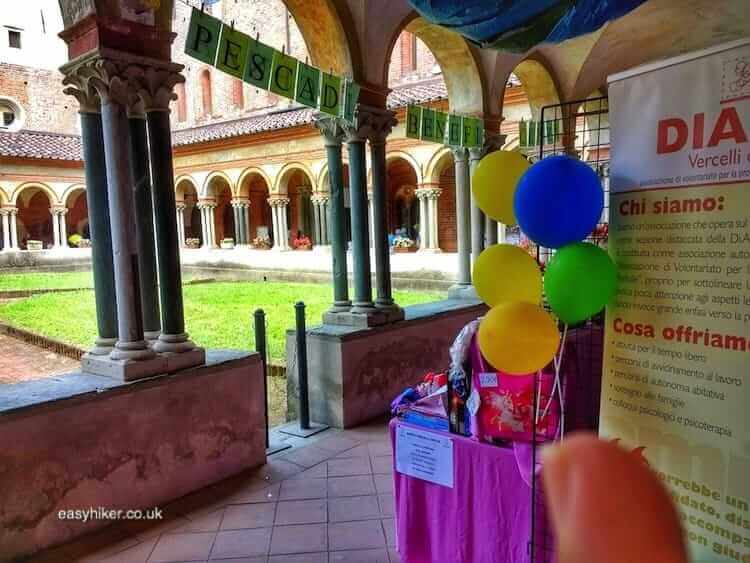
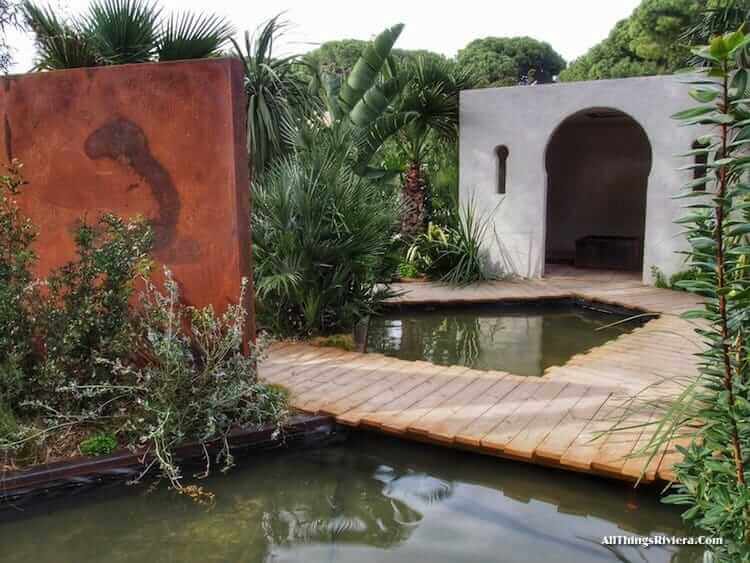
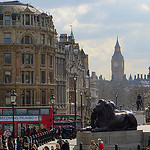

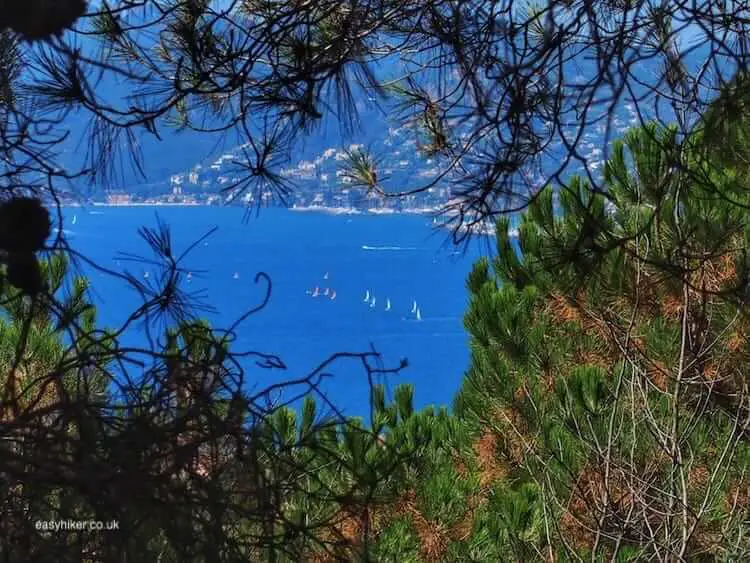
I am again getting lonesome for Paris as I read A Moveable Feast. My friend and I rented an apartment last September at 78 Rue Mouffetard and Hemingway’s writing is making me long to return to the Latin Quarter as I recall eating at bistros at Place Contrescarpe, visiting the Notre Dame, spending time at Shakespeare & Company and the Luxembourg Gardens and so many other wonderful places in the City of Light. I hope to return someday to do your walk in this beautiful city!
Glad you at least enjoyed your Berthillion ice cream! Thanks for dropping by, Ann.
I used your blog to plan our Hemingway walk in Paris before we went there. Here’s the follow-up. http://stillalife.net/2014/10/21/lost-and-found-in-paris/
Congratulations !!!
I’m a parisian tourist guide in Paris .
I’m doing also a Hemingway guided visit in English for anglophones .
You guessed that all the things about ” hunger” written by Hemingway are pure liars!!!
If you wonder why, read ” Hunger” from the norvegian Nobel literary price ” Knut Hamsum”
Hamsum was the master of Hemingway .( he did copy him…)
And all the things about the American writers who came in Paris in the 20’s because Paris was very cheap is also liars!
Same with the good rate exchange dollars/ French francs m it’s not true at all …
Paris in the 20’s was VERY expensive and the franc was very high .
You’ve caught one of the hottest July days in Paris. But basically, the city is best seen on foot. You’ve done well!
I’ve just returned from Paris (rather hot!) and walked for mile after mile! I walked around the haunts of Hemingway and Fitzgerald with a very similar route to the one above.
I had lunch at Place Contrescarpe and imagined Hemingway sat hear watching the world go by – Rue Cardinal Lemoine provided me with a photo opportunity of no.74 but the big yellow van in front didn’t help much!
If you get the chance to walk this walk, do it..Paris rates as my most favourite city and the left bank is a truly wonderful place!
Happy time in Paris and please enjoy the grass. I have snow where I live…
I think it was the first Hemmingway I ever read, in my teens, and he had me hooked for the rest of my life. I know it’s fashionable to knock him these days, but he belongs to a different time, and really nothing highlights that more than this work. I have to come and do this walk!
Beautiful post – I remember reading The Sun Also Rises and thinking about my travels through Paris. The book really takes you back to Paris, and because the city has her timeless beautiful, the Paris you read in Hemmingways could still be very similiar! Absoulutely wonderful post!
I really fell in love with that city, your pictures tell me the same feeling like I had while walking through those ancient historical streets. All the building could tell a fairy tale about the last hundred years, Architect Hausmann has really made a great job while designing Paris’s cite structure in the 1860’s. I totally can understand why Hemingway has chosen this part of the city.
Excellent piece – thanks!
I’m travelling to Paris in May so will try and find time for this!
Loved your themed walks and hoping to try one out soon. I think I liked this one the best. We stayed near the Odeon theater during our first visit and had a wonderful time walking the streets to Luxembourg gardens.
I love the sound of this walk – and a fantastic restaurant at the end is a real bonus.
I have wandered these streets many times in the past but I’m looking forward to being back in Paris to do it again with a new perspective. Thank you for three fabulous walks. I have loved them all.
This is a fascinating walk! I just finished reading The Paris Wife about Hemingway’s relationship with Hadley and I could see every place they went in Paris in my mind. This would be a great walk to take after reading that book.
I too have enjoyed all of your walks through Paris! Such nostalgia, I love it :) One of these days I’ll walk in some of Hemingway’s footsteps.
Marvellous stuff!! A Moveable Feast is one Hemingway novel I’ve not read, must do so before my next visit to Paris! I agree with Vera Marie, a book, a book!
Such poignant timing – I am in the middle of reading Moveable Feast. I have always loved Paris to begin with, and Hemingway’s descriptive writing has made me even more wistful for that city. I have hit a lot of these places before, but look forward to returning and taking an even more thorough trip through Paris and seeing the city as Hemingway did.
Thanks, Jackie. I had fun preparing for this post, retracing Hemingway’s walking route. I’m sure you’ll enjoy it too. Hopefully with a better weather as when we made it.
Thank you, Vera. We’ll have more themed walks but perhaps outside of Paris next time.
I love this Hemingway walk. All of your themed Paris walks have been wonderful–please come back to them. How about a book?
I’ve read his Moveable Feast a couple of times and have vowed to take it with me on the next trip to Paris. Luckily, I don’t need to now – I’ll bring this post. Perfect!